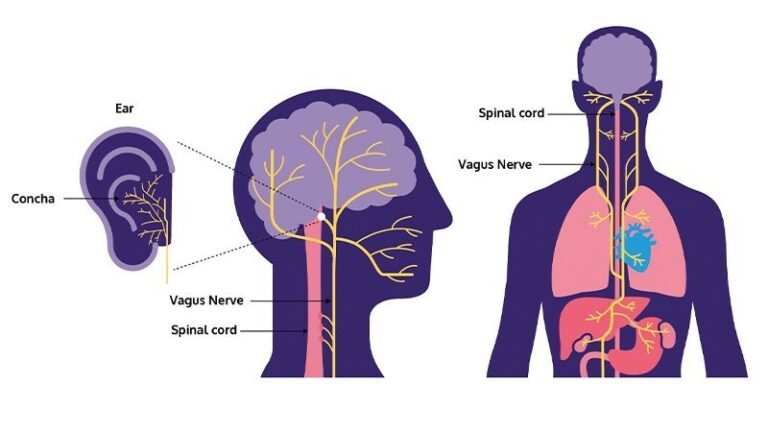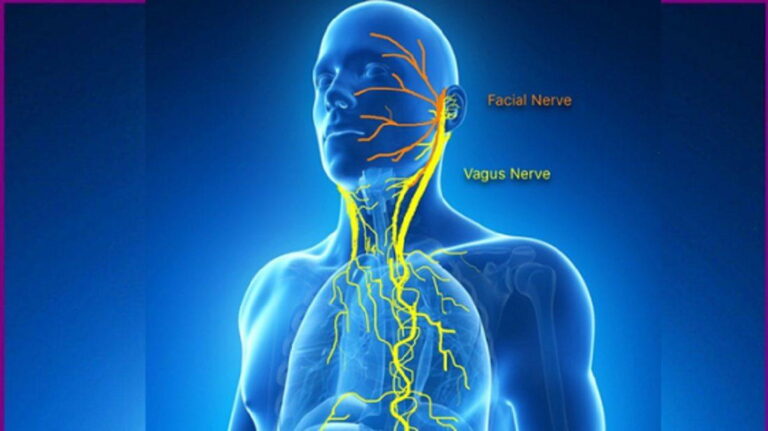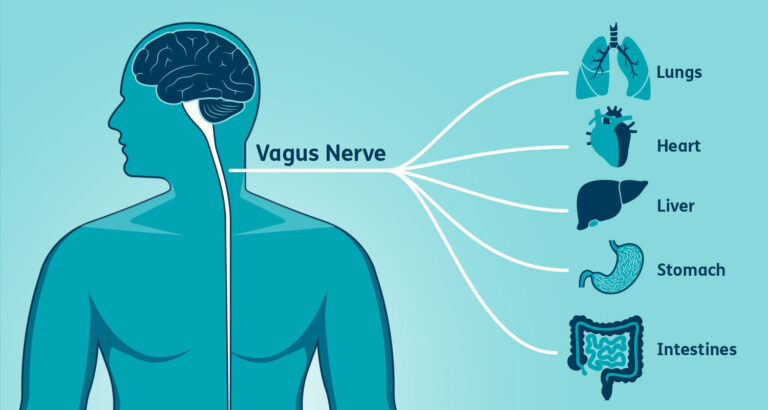The Vagus Nerve: A Key Player in Stress Response
Stress is an inevitable part of life, but its effects on our bodies can vary widely. One of the key players in how our bodies respond to stress is the vagus nerve, a crucial component of the parasympathetic nervous system. This nerve plays a significant role in regulating many bodily functions, including heart rate, digestion, and even mood. Understanding the relationship between the vagus nerve and the stress response can provide valuable insights into how we can better manage stress and improve our overall well-being.
What is the Vagus Nerve?
The vagus nerve, also known as the tenth cranial nerve, is the longest and most complex of the cranial nerves. It originates in the brainstem and extends down through the neck, chest, and abdomen, innervating many major organs along the way. The vagus nerve is responsible for regulating a wide range of bodily functions, including heart rate, digestion, and respiratory rate. It is also a key player in the parasympathetic nervous system, which is responsible for the body’s “rest and digest” response, the opposite of the “fight or flight” response triggered by stress.
The Stress Response and the Vagus Nerve
When we experience stress, whether physical or psychological, our bodies go into “fight or flight” mode, a survival mechanism designed to help us respond to perceived threats. During this response, the sympathetic nervous system is activated, leading to an increase in heart rate, respiration, and blood pressure, among other physiological changes.
The vagus nerve plays a crucial role in modulating this stress response. It acts as a brake on the sympathetic nervous system, helping to dampen the body’s stress response and promote relaxation. When the vagus nerve is functioning properly, it can help us recover more quickly from stressful situations and reduce the risk of chronic stress-related conditions.
The Vagus Nerve and the Relaxation Response
One of the key ways in which the vagus nerve helps to modulate the stress response is through its role in promoting the relaxation response. When the vagus nerve is activated, it releases neurotransmitters such as acetylcholine, which help to reduce heart rate and blood pressure, promote digestion, and induce a state of relaxation. This activation of the vagus nerve is often referred to as the “vagal tone,” and higher vagal tone is associated with better stress resilience and overall health.
Ways to Improve Vagal Tone
Given the importance of the vagus nerve in regulating the stress response, finding ways to improve vagal tone can be beneficial for managing stress and improving overall well-being. Some strategies that have been shown to help improve vagal tone include:
- Deep Breathing: Deep breathing exercises, such as diaphragmatic breathing or the 4-7-8 breathing technique, can help stimulate the vagus nerve and promote relaxation.
- Meditation and Mindfulness: Practices that promote mindfulness and meditation have been shown to increase vagal tone and reduce stress.
- Yoga: Yoga combines physical postures, breathing exercises, and meditation, all of which can help stimulate the vagus nerve and improve vagal tone.
- Physical Activity: Regular physical activity has been shown to improve vagal tone and reduce stress. Aim for at least 30 minutes of moderate exercise most days of the week.
- Social Connection: Strong social connections have been linked to higher vagal tone. Make time for meaningful social interactions with friends and loved ones.
Conclusion
The vagus nerve plays a crucial role in regulating the body’s stress response. By understanding how the vagus nerve influences our response to stress, we can better manage stress and improve our overall well-being. Incorporating strategies to improve vagal tone, such as deep breathing, meditation, yoga, physical activity, and social connection, can help us better cope with stress and lead healthier, more balanced lives.





